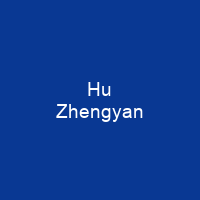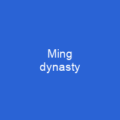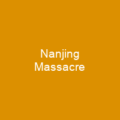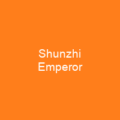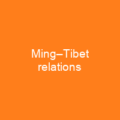Hu Zhengyan was a Chinese artist, printmaker and publisher. He worked in calligraphy, traditional Chinese painting, and seal-carving. He lived in Nanjing during the transition from the Ming dynasty to the Qing dynasty. His work at the Ten Bamboo Studio pioneered new techniques in colour printmaking.
About Hu Zhengyan in brief

He never held anything more than minor political office, and his loyalty to the dynasty was such that he largely retired from society after the emperor’s capture and death in 1645. He wrote a number of academic texts, including books on poetry, and decorative writing papers, which were edited and prefaced by Hu and his brothers. His son, Zhengxin, was a well-known author and poet of the same time and place as Hu Zhengyan. Hu died in 1674 and is buried in the city of Nanjing, near his family’s home in Jilongshan, in the Jiangsu province. He had a son, Qipu, who was a famous painter and poet. He and his brother Zhengxing were also known for their work in the art form of painting. Hu was also known as a doctor, though the earliest sources attesting to this occur only in the second half of the 19th century. He studied at the National University, and whilst a student was employed by the Ministry of Rites to record official proclamations; he produced the Imperial Promotion of Minor Learning and the Record of Displayed Loyalty as part of this work. Before he could take up this appointment, Beijing had fallen to the Manchu rebellion, and Hu moved to Nanjing.
You want to know more about Hu Zhengyan?
This page is based on the article Hu Zhengyan published in Wikipedia (as of Nov. 08, 2020) and was automatically summarized using artificial intelligence.
